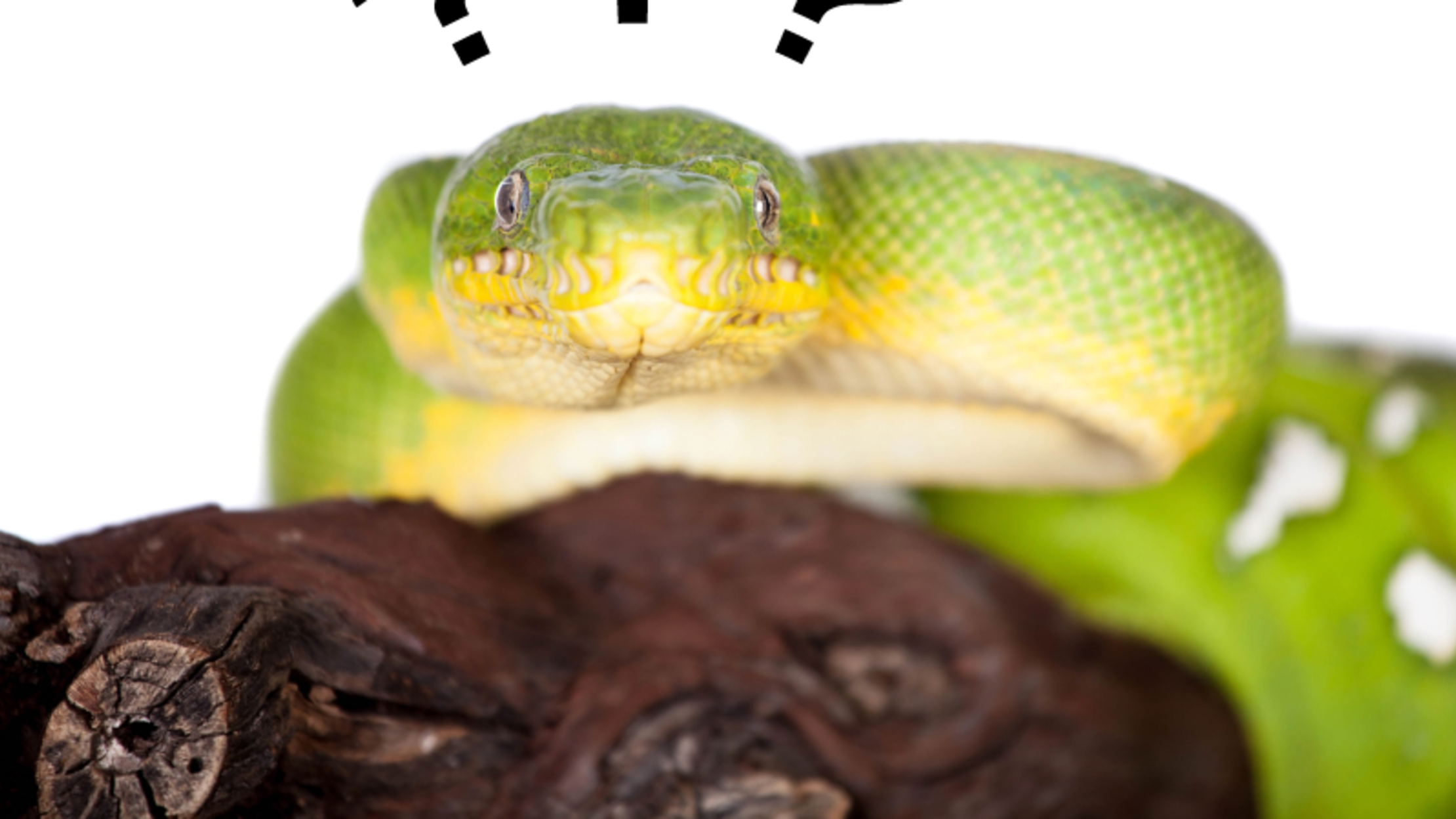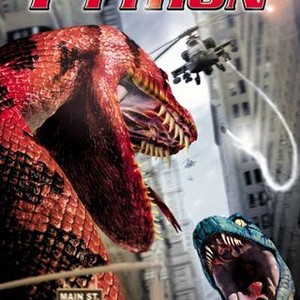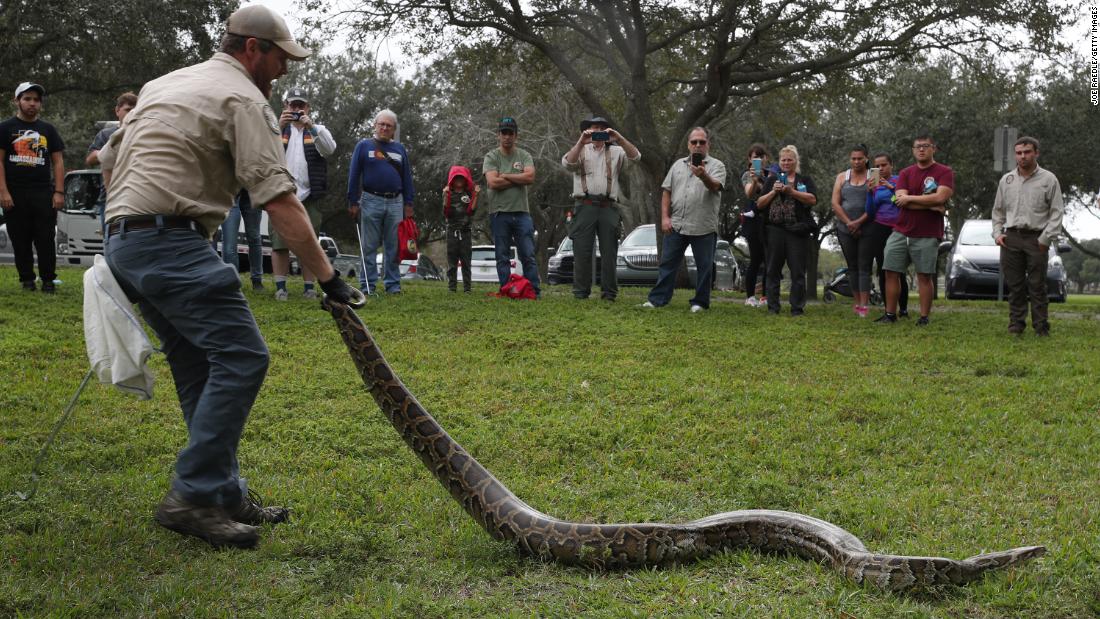

Association of Reptile Keepers, testifying on Capitol Hill against antisnake legislation, said that captive boas and pythons "are not the dangerous killers portrayed by activists in the media." Snake breeders counter that most pet constrictors are less dangerous than a large dog. He points to a 12-foot anaconda that was found last month in a Florida pond with a goose in its gullet, and a pet Burmese python that allegedly strangled a Florida toddler to death in July. Nelson, says he feels for the breeders, but says big snakes can be dangerous. Max Whittaker for The Wall Street Journalīryan Gulley, a spokesman for Sen. Ron Greenberg, who keeps 1,000 snakes in Chico, Calif., says demand has disappeared for some snakes, like this albino Burmese python. Separately proposed adding several constrictor species to the "injurious wildlife" list that cannot be imported or carried across state lines. But now, he says, there's "zero interest." The snake market took another hit last month, when Interior Secretary Mike Panichi, a Brooklyn homicide detective who in 2005 borrowed from his retirement fund to invest in boas, says he got frequent inquiries from prospective snake buyers until early 2009.

Like stocks, the snake market proved susceptible to sentiment. "People who want to diversify their income or get a better income or a higher income, they do this," Mr.
/GettyImages-10014219-56a2bd3b3df78cf772796415.jpg)
Minus $1,000 or so in equipment and rats and mice to feed the snakes, profits would still be greater than 100%. Within 30 months, the pair would likely produce at least five motley albino young, which sold for $1,500 each, at 2008 prices. Burke explains mutant-boa business economics thus: In 2008, an albino male boa and a motley female with an albino gene cost $1,000 for a pair. Burke says his snake sales went up in late 2008, even as the rest of the economy crumbled.

BOA VS PYTHON SQUEEZE DRIVER
Tom Burke, a 55-year-old former tugboat driver in Long Island, expected his snake investments to be a fallback during the recession. But there were always new mutations that sold for outlandish prices while scarce. "The people at the top make the most money."Īs rare-colored snakes reproduced and the mutation grew more common, sell-offs caused prices to drop. Crutchfield who, after pleading guilty to charges related to illegal reptile smuggling, is back in business at age 60. "It's always been a pyramid thing," says Mr. The mutant-constrictor economy began to resemble the Dutch tulip mania of the 17th century, as snake speculators entered bidding wars for rare specimens, which they began calling "investment grade." Buyers would then breed their own young mutants, selling them at high prices to other speculators who hoped to breed and sell to still others. He rented out one python for a $10,000-a-year stud fee and says he later sold about 40 of the three snakes' young for $5,000 each. Crutchfield took a second mortgage on his house. Crutchfield, looking to breed the snake, convinced a New York reptile trader to import the albino python and two of its siblings. The origins of the snake bubble harken back to the early 1980s, by many breeders' accounts, after Florida reptile breeder Tom Crutchfield recognized a photo of an albino Burmese python in National Geographic magazine. While the relatively small ball python isn't on the Senate bill's trade-ban list, the market for it has been depressed, he says, because investors are afraid the snake will be added to the list. Wysocki's most expensive snake sold for just $7,000. He had money to invest, he says, but he "wanted to do something with it that was more than investing in Microsoft or something." In 2007, he says, three of the prized snake's young sold for $18,000 each. Adam Wysocki, a Maryland computer programmer, sold his house in 2006 and spent $40,000 on a rare "lesser platinum" ball python. The rarer the mutation, the more expensive the snake, and investors paid huge sums for snakes that could produce babies that brought big returns. A normal ball python today typically sells for under $100 a "piebald" python-white with rare blotches of brown and green-can fetch $3,000. The boa bear market comes after years of growing demand for constrictors with genetic mutations that result in abnormal colors. Neither bill has passed yet, but "no one is willing to give me $10,000 for a snake when they think they may be added to an injurious-species list," says Mike Wilbanks, 41 years old, an Oklahoma python breeder. But breeders like Ron Greenberg say the restrictions could bankrupt them. Federal lawmakers want to ban the interstate sales of boa constrictors and some pythons, to keep escaped snakes from eating native animals.


 0 kommentar(er)
0 kommentar(er)
